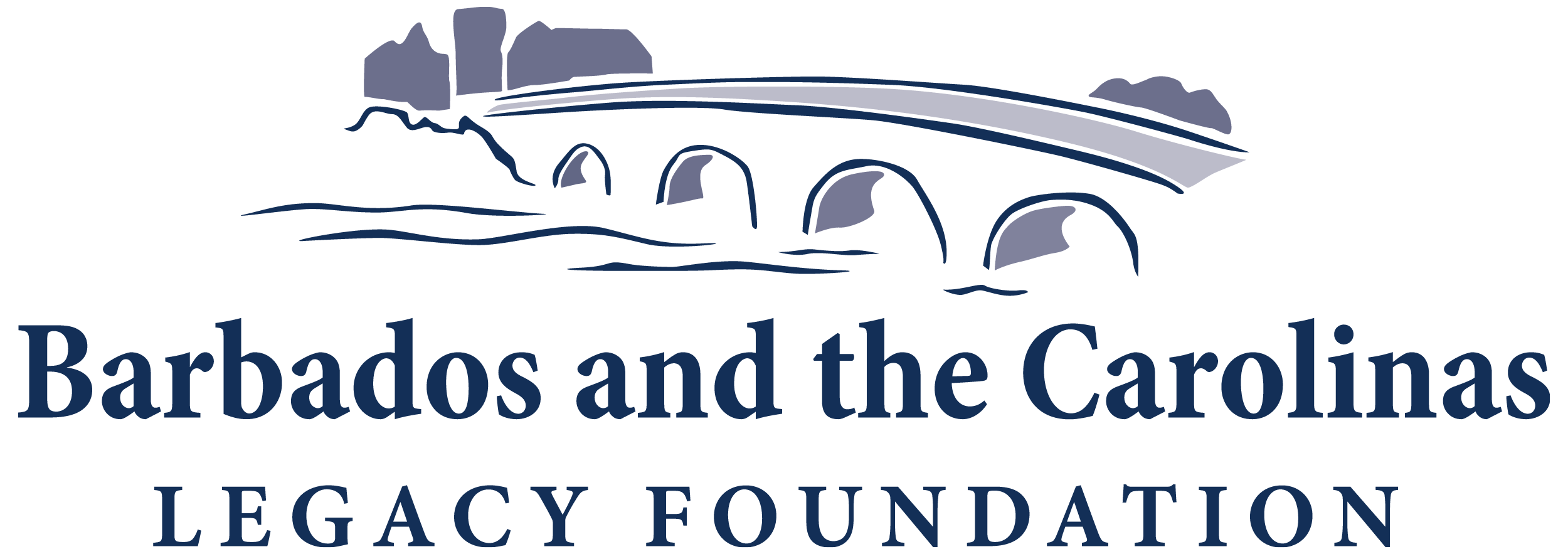Remodeling the "Barbados Model"
Travel and Leisure chose Charleston, South Carolina, as the Top US City as part of its World's Best Award again 2022 for the 10th consecutive year. Visitors cannot overlook church steeples reaching heavenward, great houses, single houses, museums, and seats of government that memorialize the glory days of the British colonial era. Cobbled stone streets and secluded gardens tucked away off-street capture the ambiance and aesthetics of the rich and powerful in Charleston's Gone with the Wind imagery.
Barbados similarly draws tourists to its shores to experience similar vistas orchestrated by English settlers. Both former plantation societies became wealthy through enslavement, toil, and oppression of enslaved Africans. Sugar cane in Barbados and rice in South Carolina were the profitable crops that enabled productive economies that yielded great wealth for developing colonies. Trade and the transference of goods and products set the then-known world on a new developmental path leading to the industrial era. As a result, one historian dubbed the system set up by English settlers in Barbados - the Barbados Model - branding the island in the annals of British colonial history.
Many former British colonies adapted this transportable model from Barbados. History recorded the names and families of those who journeyed to other places in the Americas. As a result, similar themes and threads of governance are recognizable wherever they were employed.
The Barbados model is still a functional framework used in many former European colonies. But the antiquated model requires an upgrade - a reframing and retooling of obsolete applications for today's consumers of history, heritage, and culture. First, one must understand how the old model functioned and connected the old-world order to repurpose the Barbados model. The Barbados model linked the operations of each colony and the entire English global enterprise of that period. The British architects of this model constructed it to be restrictive and constrictive for enslaved Africans who were both laborers and collateral.
Barbados became a republic on November 30, 2021, formally ending vestiges of colonial rule and domination. Trade was dominant in the original Barbados model. It connected the world by transporting goods, commodities, capital, and wealth through port cities. Bridgetown, Barbados, and Charleston, South Carolina, were two of those crucial ports in the Americas with Black majority populations. Barbados’ Black majority Barbadians are the progeny of enslaved ancestors brought to the island. Descendants must be engaged in knowing, reassessing, and retrofitting obsolete tools of enterprise and commerce to benefit this generation left bankrupt and bereft of resources for sustainability on various levels.
Barbados was the laboratory or workshop where the model was conceived and constructed - then tested and tried on the 166 square miles of dry land - dirt -.ground, before export to other places. The island thrust up from the Atlantic and Caribbean plates - the first landmass between Africa's West Coast and the Americas became pivotal in the history of the Americas. It became the custodian and steward of vital evidence of that defining period of world history which continues to engage educators of every discipline.
Scholars have researched and well-documented colonial history and propagated it through the centuries worldwide. Yet, contemporary scholars show vacuous spaces in that recorded history. Omitted, misrepresented, or misappropriated parts of colonial history must complement the historical record. Barbados understands and accepts its role as a new republic and accepts the challenges of retrofitting the obsolete model for present-day functionality and present and future generations of its people.
Rhoda A. Green (Author)


